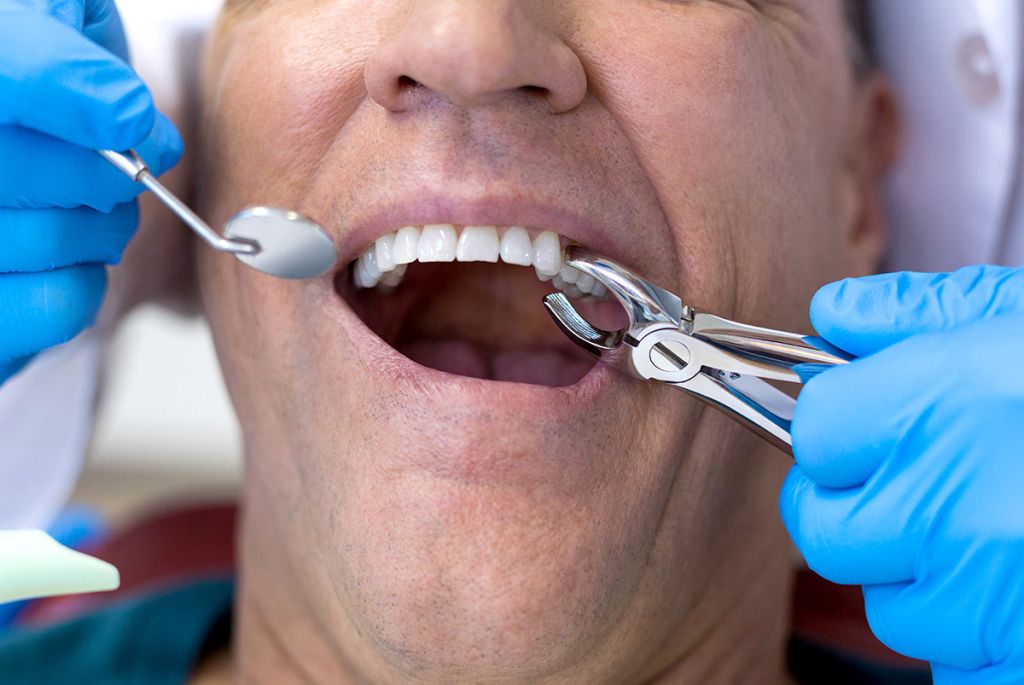Extractions
Tooth extractions are a fundamental dental procedure involving the removal of a tooth from its socket in the jawbone. This process is necessary when a tooth is irreparably damaged, decayed, or causing significant dental issues. Extractions may be required for various reasons, including advanced periodontal disease, dental crowding, or preparation for orthodontic treatment.
Types of Tooth Extractions
Tooth extractions are generally classified into two main categories: simple and surgical. Simple extractions are performed on fully erupted, visible teeth using local anesthesia, while surgical extractions are more complex procedures typically involving impacted or fractured teeth. The extraction process typically encompasses several steps:
– Administration of local anesthesia
– Loosening of the tooth from its surrounding tissues
– Careful removal of the tooth from the alveolar socket
Each type of extraction requires specific techniques and may involve different levels of sedation or anesthesia, depending on the complexity of the case and patient needs. Post-extraction care and follow-up are crucial components of the overall procedure to ensure proper healing and minimize complications.

Post-extraction care is crucial for optimal recovery. Patients are advised to follow these essential aftercare instructions:
– Apply gentle pressure to the gauze pad to control bleeding
– Use ice packs intermittently to minimize swelling
– Take prescribed analgesics as directed by the dental professional
– Avoid smoking and the use of straws to prevent dry socket
– Consume soft foods and maintain meticulous oral hygiene
While tooth extraction is generally a safe procedure, it is imperative to discuss potential risks and alternative treatments with your dental professional before proceeding. In some cases, alternative treatments such as endodontic therapy (root canal) or prosthetic restorations (dental crowns) may be viable options to preserve the natural tooth structure and maintain optimal oral health.
SCHEDULE YOUR Tooth Extraction Consultation Today!
Proudly Serving the Indianapolis Metropolitan Area
Our tooth extractions services are available to patients across the greater Indianapolis metropolitan area — including Downtown Indianapolis, Broad Ripple, Meridian-Kessler, Butler-Tarkington, Meridian Hills, Chatham Arch, Washington Township, Glendale, Fishers, Zionsville, Williams Creek, Castleton, Holliday Park, and Fountain Square and more.
CHECK OUT ALL OF OUR GENERAL SERVICES.




